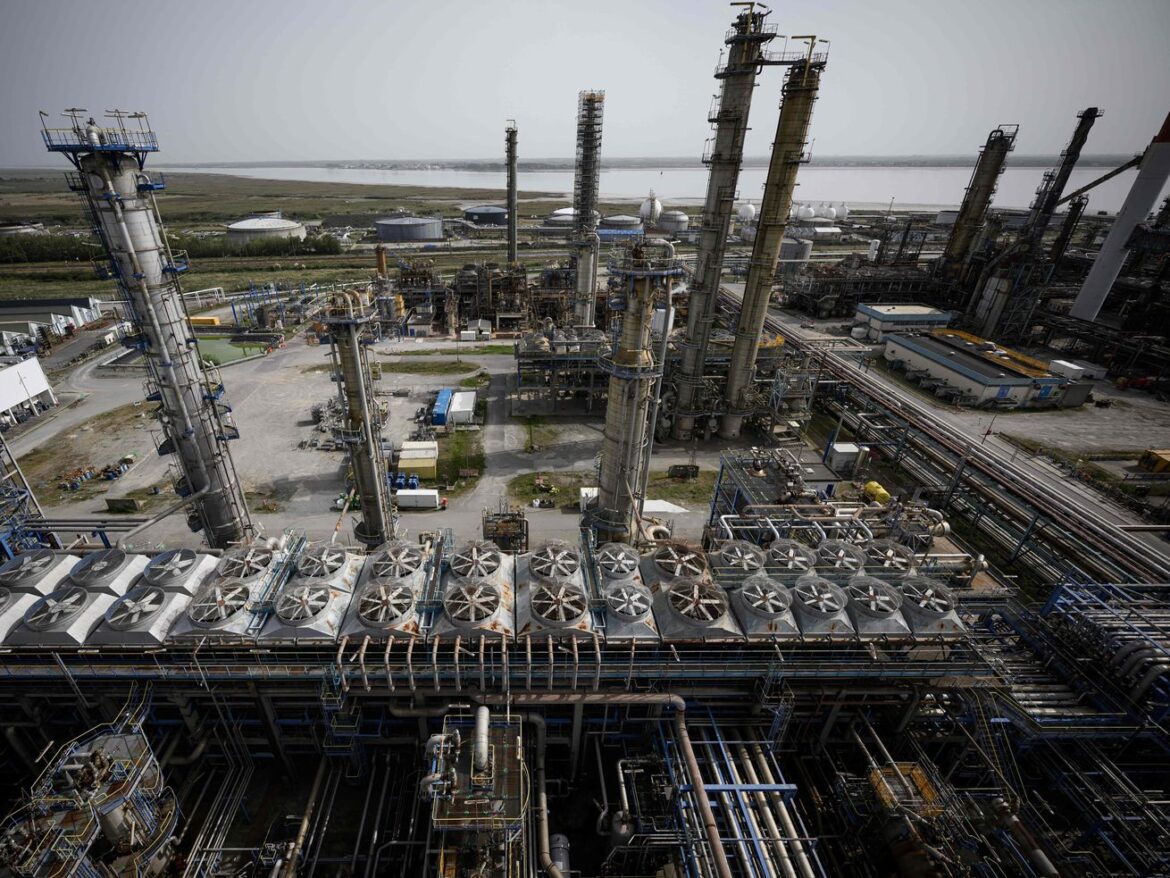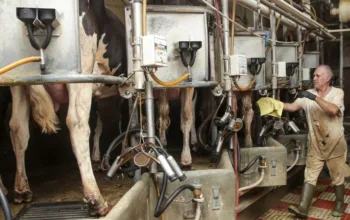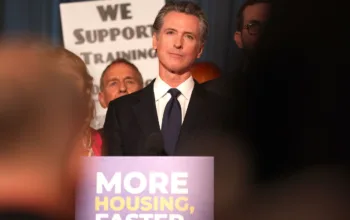The first international climate change stocktake says trying is not enough.
Just about every country in the world committed to keeping climate change in check in 2015. This week, the United Nations issued its first report card for this goal and found that the world is falling behind while time is running out.
Under the 2015 Paris climate agreement, countries agreed to pitch in what they could to slash greenhouse gas emissions. Their initial proposals were nowhere near enough, so the accord created a mechanism called the global stocktake to keep everyone accountable.
Unlike other UN climate change reports that are meant to be informative and shy away from policy recommendations, the stocktake is explicitly meant to spur countries to act. It’s a blunt progress assessment, and it lays out how much further countries must go in their emissions commitments the next time they come to the negotiating table at COP28, which will be held in the United Arab Emirates this December.
“The Paris Agreement has driven near-universal climate action,” the report notes, but “much more is needed now on all fronts.”
The task ahead is immense: According to the report, global emissions need to be slashed 43 percent by 2030 to limit warming to 1.5 degrees Celsius, one of the main goalposts of the Paris agreement. But the world has already warmed about 1.2 degrees so far above preindustrial averages and is on track to pass the key threshold in the next few years. So when negotiators reconvene at the next climate summit, the stocktake will shape the discussion.
“It carries a lot of weight,” said European Climate Foundation CEO Laurence Tubiana, who helped negotiate the Paris agreement. “The [stocktake] is looking backwards, but even more importantly setting the direction for the next phase of climate policymaking.”
Among its recommendations, the report unapologetically calls for “phasing out all unabated fossil fuels” and for a “radical decarbonization of all sectors of the economy.”
But in a world facing economic turmoil, energy shocks, and unrelenting opposition from the biggest polluters, there are open questions about whether leaders will heed the message at all, and what they’ll actually do about it.
Coal, oil, and natural gas need to go
The stocktake says in stark terms that there can be no new fossil fuel infrastructure in a world committed to keeping warming in check, including phasing out the existing coal industry before 2050.
The exact language here is important. At previous climate conferences, countries fought over every word around fossil fuels, whether they should call for a “phase out” or a more watered-down phrase like “energy transition.” The latter leaves room for new fossil fuels without looking like governments are going back on their word.
But the stocktake, which will inform the political process from here on out, echoes the findings of other global bodies that no new fossil fuel infrastructure should be built in a world aligned with 1.5 degrees.
There’s some vagueness in what “unabated” means, however, and it’s likely to be a contentious topic at the next COP. The language leaves room, Tubiana explained, for remaining fossil fuels to rely on technology like carbon capture and storage. “By 2050 we’ll still have fossil fuels in the pipeline, the question is how much,” Tubiana said.
One key barrier to transitioning from fossil fuels is the trillions of dollars in subsidies that governments pour into the industry year after year. A recent analysis from the International Monetary Fund found these subsidies have only grown; they surged to $7 trillion last year, $2 trillion more than in 2021.
“The removal of fossil fuel subsidies is a key strategy for addressing structural economic barriers that can perpetuate inertia to change and prevent cost-effective low-carbon alternatives from being adopted at scale,” the report says.
The stocktake also emphasizes the need to address emissions across the entire economy. Governments can’t overlook the role of sectors like industry, which contributes to 25 percent of global emissions, and transportation, which contributes 15 percent.
Reducing these emissions requires targeting the demand and the supply in these sectors. For example, in transportation, regulations and incentives will help to phase out the internal combustion engine and push manufacturers to offer electric vehicles at a vast scale, but governments also need to think about reducing the need for private vehicles altogether through tactics like public transit. This extends to sectors like international shipping and aviation, both areas that are hard to decarbonize and have often been ignored in international climate negotiations.
The stocktake is clear that the time for small, incremental change is over: We need to think in terms of systems-wide change, and a wide breadth of policies to make deeper emissions cuts. “If you’re rowing and you can turn your oar faster and faster, but if it’s not really going deep enough, you won’t get anywhere,” said David Waskow, director of the World Resources Institute’s International Climate Initiative. “We need to think in pace and speed, of course, but we also need depth.”
Everyone is doing something, but everyone needs to do more
The test now is whether countries will make the “rapid and deep” greenhouse gas cuts the report says are required, delivering more financing and even deeper emissions cuts in the next round of pledges in 2025. But countries are dealing with other challenges too, and that will also shape what they bring to the table at COP28.
Shocks to food and energy prices, along with inflation, may mean there is less money to invest in clean energy. Major fossil fuel companies are also trying to influence the discussions and maintain their market share.
Meanwhile, many nations are still struggling to meet their own self-imposed pledges. The US, for example, has set a goal of slashing carbon pollution 50 percent from 2005 levels by 2030 while contributing $3 billion to the Green Climate Fund. But it’s struggling to meet both goals, even after the passage of historic climate legislation last year. Some countries have even seen their fossil fuel emissions go up.
So mustering the political will to make these drastic changes is going to be an immense challenge. But at the same time, cleaner energy is more affordable than ever and the stocktake says a transition away from fossil fuels is within our grasp. In many parts of the world, wind and solar power are the cheapest sources of new energy, sometimes undercutting existing fossil fuel sources. “There are now sufficient cost-effective opportunities to address the 2030 emissions gap,” the report says. The challenges are entirely political hurdles.



